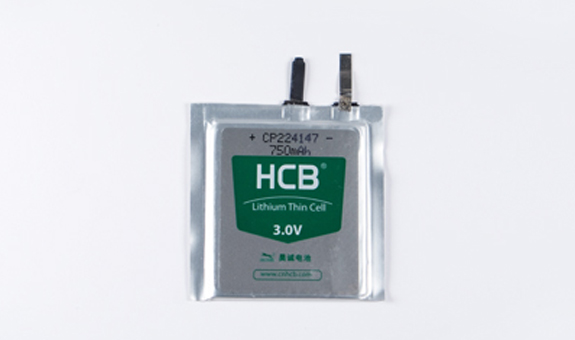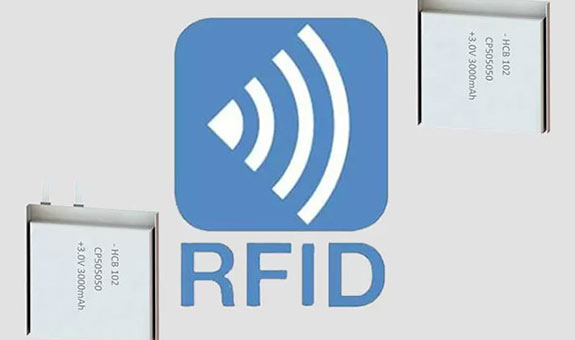Lithium Pouch Cell
(2022年)https://www.enhcb.com/products/lithium-pouch-cell/
HCB developed and produced Li-MnO2 lithium pouch style battery in 2007. It is the first lithium pouch cell supplier in China to achieve mass production, which has complete and core structural intellectual property rights for Li-MnO2 lithium pouch cell. We have obtained more than 10 lithium pouch cell patent certificates. HCB will continue to focus on the R&D of primary lithium battery, and provide battery solutions that meet the upper electricity demand for various applications of the IoT.
Lithium Pouch Cells For Sale
CP224147 Lithium Pouch Cell
CP505050 Lithium Pouch Cell
CP603146 Lithium Pouch Cell
CP783970 Lithium Pouch Cell
CP9V Lithium Pouch Cell
CP223830 Lithium Pouch Cell
CP263840 Lithium Pouch Cell
CP502440 Lithium Pouch Cell
CP502525 Lithium Pouch Cell
CP503742 Lithium Pouch Cell
CP705050 Lithium Pouch Cell
CP952434 Lithium Pouch Cell
CP1005050 Lithium Pouch Cell
CP2012120 Lithium Pouch Cell
CP7839109 Lithium Pouch Cell
Pouch Cell Construction
Pouch casings are often used in lithium-polymer batteries with a solid electrolyte, providing a low-cost "flexible" (sometimes in unexpected ways) structure. Electrodes and solid electrolytes are usually layered or laminated-stacked and packaged in foil envelopes. Solid electrolytes allow for safer, leak-proof batteries. The foil structure allows a very thin and lightweight battery design for high-power applications, but the lack of rigidity in the housing makes the battery easy to expand as the battery temperature rises. When selecting a lithium pouch battery, the possibility of battery expansion must be taken into account to accommodate the specific cavity specified by the battery chamber. Batteries are also vulnerable to external mechanical damage to the battery pack. The lithium pouch battery design should prevent this possibility. This pouch cell construction using stacked electrodes is suitable for making grotesque batteries.
Lithium-Ion Pouch Cell Vs Cylindrical
Cylindrical Cells
The cylindrical non rechargeable lithium battery consists of the anode, cathode and partition of the sheet battery, sandwiched in the middle, rolled up and then stuffed into a cylindrical jar. The battery was one of the first mass-produced batteries and is still very popular today. The unit has multiple rows, with lightning arresters located on opposite sides. They are adhesive connected with busbars by welding technology and are optionally wire bonded. In this case, no support plate is required. The cylindrical battery must be fixed in the battery module or battery pack by a solid gasket, or mounting bracket. In addition, the glue can also act as the primary fixator for the columnar cells. These fixtures add additional weight and complexity to the battery pack.
Pouch Cells
The lithium pouch battery does not have a rigid exterior available and uses a sealed flexible foil as a battery container. The electrode layer and the separator layer of the lithium pouch cell are stacked. For lithium pouch cells, the designer should allocate enough space for the possible swelling. The module with a single row battery with the arrester positioned on the same or opposite sides. Small lithium pouch batteries can be connected by adhesive welding or by a tab-to-tab or tab-to-busbar bridge without support. Furthermore, they can also be joined by a form using screws and busbars as a bridge without any support plates.
For lithium pouch batteries, the cell frame is often used as a primary fixation. In this case, the battery is inserted, with redundant sealing and flexible tension. The space between the batteries can even be used extra for the cooling system. Optionally, pouch cells may even be glued.
Lithium Pouch Style Battery Features
HCB Li-MnO2 Cylindrical Batteries
Not only has a wide variety of lithium pouch cells but also has many characteristics, such as high energy (the actual specific energy density of the battery up to 260Wh/kg).
Good Safety
No internal pressure under normal temperature, during the electrochemical reaction.
No Passivation
The lithium pouch cells for sale can work normally even after a long time of storage.
Wide Application Temperature Range
The lithium pouch battery can work in the temperature range of -40°C to +85°C.
Li-MnO2
Super Capacity Series Batteries has the world's largest capacity of the same size lithium pouch battery, and its safety performance reaches T6 level.
- «前のできごと |
- 次のできごと»
- このできごとのURL:




コメント